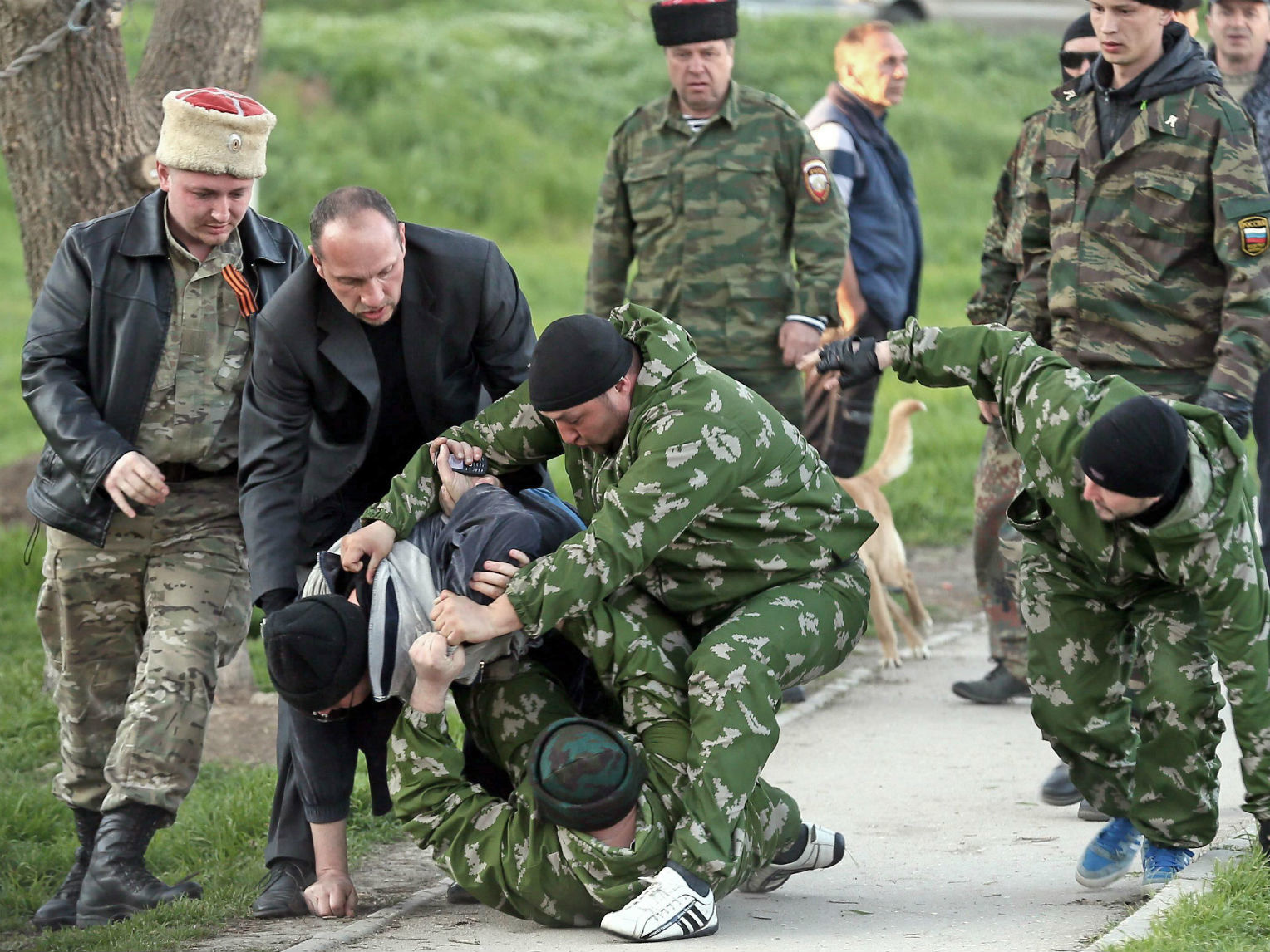Six landing ships from the north were firstly reported on 17 January when they left the Baltic sea, sparking speculations about their possible course towards Ukraine. Currently, they are already in the Mediterranean and their planned arrival to the Black Sea was confirmed for 8 February, the Black Sea monitoring group reports, providing the names and details of the ships.
According to the monitoring group, several groups of additional Russian ships entered the Mediterranean sea in late January and early February:
- 20 January 2022, a medium intelligence ship of the Baltic Fleet of the Russian Federation entered the Mediterranean Sea through the Strait of Gibraltar.
- 26 January 2022, three Russian landing ships of the Baltic Fleet entered the Mediterranean Sea through the Strait of Gibraltar, heading closer to Ukraine.
- 27 January 2022, three Russian landing ships of the Northern Fleet entered the Mediterranean Sea through the Strait of Gibraltar, heading closer to Ukraine.
- On 3 February 2022, a group of three ships of the Pacific Fleet of the Russian Federation arrived in the Mediterranean Sea from the Indian Ocean through the Suez Canal.

In total, the Russian fleet in the Mediterranean sea has increased from 11 ships in December 2021 to 24 ships in early February. A part of these ships is heading to Crimea in the Black Sea.
The exercise explanation and the realist approach
Officially, Russia gives the exercise explanation for these actions. In particular, it announced the joint drills of all Russian fleets scheduled for February. The drills are expected to involve 140 warships and support vessels, 60 planes, 1,000 units of military hardware, and about 10,000 servicemen.
These exercises are part of a series of military drills demonstrating strength during the current Russia-NATO standoff. For example on 21 January, Russia, Iran, and China began a trilateral naval exercise in the north of the Indian Ocean. On 31 January, the Russian Northern fleet conducted drills in the Norwegian sea.
“The crews of the missile cruiser Marshal Ustinov and the frigate Fleet Admiral Kasatonov hunted down the notional enemy’s submarines with the help of an anti-submarine warfare helicopter,” Russian state-backed outlet TASS reported.
Russian exercises in the Baltic and Black seas at the end of January ended prematurely on 31 January, which some believed was a diplomatic gesture. In fact, the drills ended earlier because of bad weather.
Also, Moscow's armed forces planned to run exercises about 150 miles off the Irish coast in early February. However, Irish fishermen
worried that the live shooting would endanger their profession and eventually managed to disrupt the drills. Officially, Moscow postponed exercises as "a gesture of goodwill" after appeals from the Irish government and the fishermen, "with the aim not to hinder fishing activities."
The next phase of drills, in the Mediterranean and Black Sea areas, is planned for mid-February. The timing of the naval drills coincides with the timing of Russian drills in Belarus Soyuznaya Reshimost (The Union State resolve) scheduled for 10-20 February 2022.
Therefore, in mid-February, Ukraine is expecting large military drills simultaneously both to its north and to its south. These drills will include missile ships, landing ships as well as Russian air-defense systems and ballistic missile systems Iskander.
“It is estimated that a Russian naval group of landing ships in Black Sea and Mediterranean can take on board and transport about 160 main tanks or up to 280 armored combat vehicles and about 4,500 marines. Basically, a brigade of marines, reinforced by two tank battalions and mechanized and artillery units. The Black Sea Fleet of the Russian Navy has such a brigade – the 810th Separate Marine Brigade [based in Sevastopol in occupied Crimea] and a separate 382nd Battalion of marines [based in Temryuk in Russian Krasnodar krai],” Armyinform estimates.
Large landing ships that Russia concentrates in the Black Sea have a draft of 3.7-4.5 meters. This means they need to have the appropriate depth near the shore where the landing will take place. Such conditions on the Ukrainian Black Sea coast can be found in the western part of Ukraine’s black sea, starting from Zaliznyi port city and closer to Odesa, military expert Vladyslav Voloshyn writes
.
Landing can be conducted also without the conditions of deep coastline by floating armor vehicles or with the use of additional smaller ships. However, in this case, the landing would be more time-consuming and therefore more dangerous.

The Black Sea monitoring group also reports that
“As of 31 January 2022, NATO non-Black Sea warships have not been present in the Black Sea for 29 days already… Thus, the risks related to the activity of Russian warships in the Mediterranean and Black Seas at the end of January 2022 (unlike the previous month) have increased significantly.”
Ukrainian military rehearse repelling possible Russian amphibious invasion
In response to the increased Russian military threat, Ukraine’s military regularly conducts its own military drills. In particular, Ukrainian soldiers trained how to repel a possible amphibious invasion of Russian troops, using Ukrainian rocket launchers such as Hurricane and the newest Neptun, designed specifically as a rocket system for coast protection.



According to Ukraine’s intelligence, the situation remains tense and a further Russian invasion remains possible, although there are no signs of Russia planning the attack directly in the coming days.
Related:
- Why is Russia escalating now? Will it launch a major invasion of Ukraine? Three issues to consider.
- How do the military forces of Ukraine and Russia compare? | Infographics
- How weapons from allies would help Ukraine fend off Russia’s invasion
- How Ukraine is building its territorial defense: results of first month





